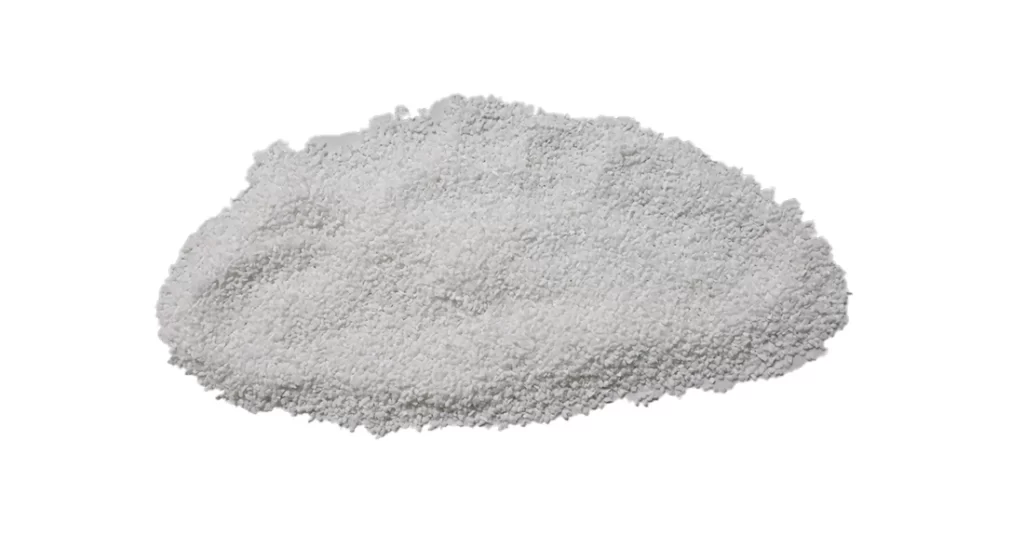Diversity and application fields of microcrystalline alumina ceramics

Microcrystalline alumina ceramics refers to alumina ceramic materials that use high-purity α-Al2O3 powder as the main raw material, are made through ceramic technology, the crystal grain size is less than 6 μm, and corundum is the main crystal phase.
Microcrystalline alumina ceramics are usually divided into two types: high purity type and ordinary type:
High purity microcrystalline alumina ceramics
High-purity microcrystalline alumina ceramics refer to alumina ceramic materials with an Al2O3 content of more than 99.9%. Its sintering temperature is as high as 1650~1990℃, and the transmission wavelength is in the range of 1~6μm. It uses its light transmittance and resistance to alkali metal corrosion and other properties, often used as high-pressure sodium lamp tubes.
Ordinary microcrystalline alumina ceramics
Ordinary microcrystalline alumina ceramics can be divided into 99, 95, 92, 90, 85 porcelain and other varieties according to the Al2O3 content (sometimes those with an Al2O3 content of 80% or 75% are also classified as ordinary alumina). Among them, 99 alumina ceramic materials are often used to make high-temperature crucibles, refractory furnace tubes and other special wear-resistant materials (such as ceramic bearings, ceramic seals and water valves). In the electronics industry, they can be used as integrated circuit substrates and high-end materials. Frequency insulating materials, commonly used in the chemical industry as catalyst carriers, etc.; 95, 92, and 90 alumina porcelain are mainly used as corrosion-resistant, wear-resistant materials and wear-resistant parts; 85 porcelain is often mixed with some talc, which improves the electrical properties With good mechanical strength, it can be sealed with niobium, tantalum and other metals and used as electronic vacuum device components.
Application fields of microcrystalline alumina ceramics
Non-metallic mineral deep processing industry
At present, billions of tons of non-metallic minerals are crushed and ground every year around the world, requiring a large amount of microcrystalline alumina ceramic grinding media and other various grinding media. Due to the excellent wear resistance of microcrystalline alumina ceramic grinding media and the requirements for high-quality ceramic products on grinding media, it will become an inevitable trend for microcrystalline alumina ceramic grinding media to gradually replace other grinding media in the future.
Electronic field
Microcrystalline alumina ceramics have excellent insulation properties and thermal stability, so they are widely used in the field of electronics and electrical appliances to manufacture electronic components, circuit boards, semiconductor packaging, etc. With the rapid development of the electronic industry, especially the microelectronics industry, the demand for alumina ceramic substrates continues to increase.
Petrochemical
Microcrystalline alumina ceramics, especially microcrystalline alumina ceramics with an alumina content of more than 97%, are typically used in oil and gas drilling equipment as nozzles, valve seats, regulating devices, pump accessories, drill bit accessories, etc. Works normally under high pressure, vibration environment, even in the presence of acids and alkalis.
Military field
Microcrystalline alumina ceramics also have many applications in the military field, such as ballistic armor for aircraft, vehicles and personnel.
Coal-fired power generation field
Microcrystalline alumina bricks and curved plates are successfully used as linings for coal-fired power generation equipment. This lining material is used for high-speed feeding of pulverized coal particles, burners, fly ash and residue treatment, etc., especially coal combustion The fly ash produced contains high amounts of quartz and different minerals and slag components, and their abrasive power is stronger than that of coal particles. Due to the different composition of fly ash, the pH value of mortar has a wide range (2.5-12) and is highly corrosive. Therefore, microcrystalline alumina products can be used as ideal materials for lining coal-fired power generation equipment.
